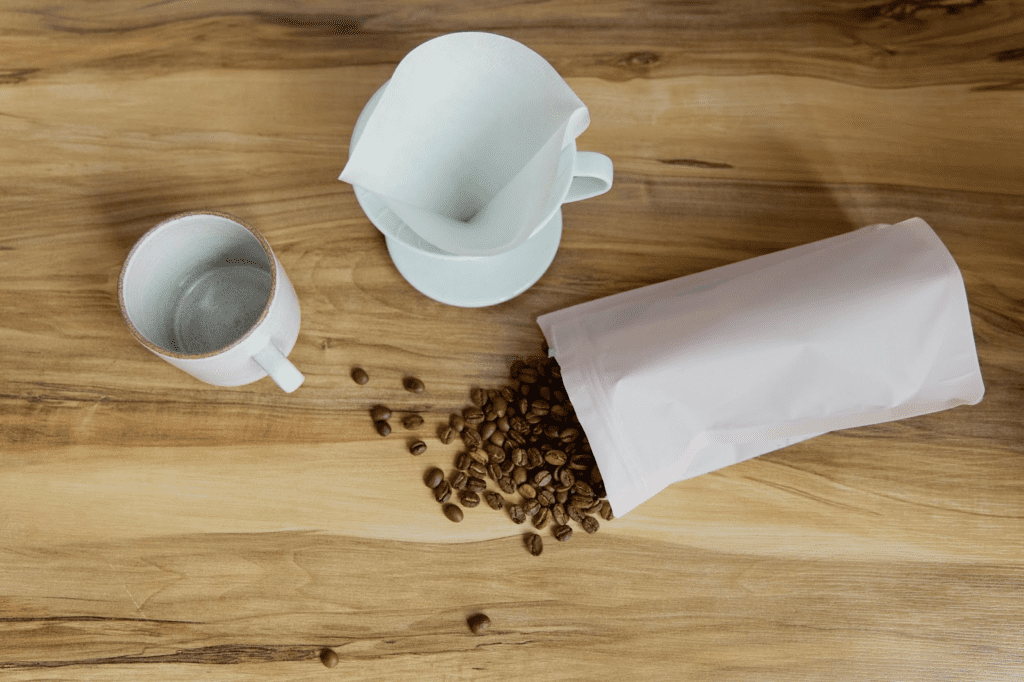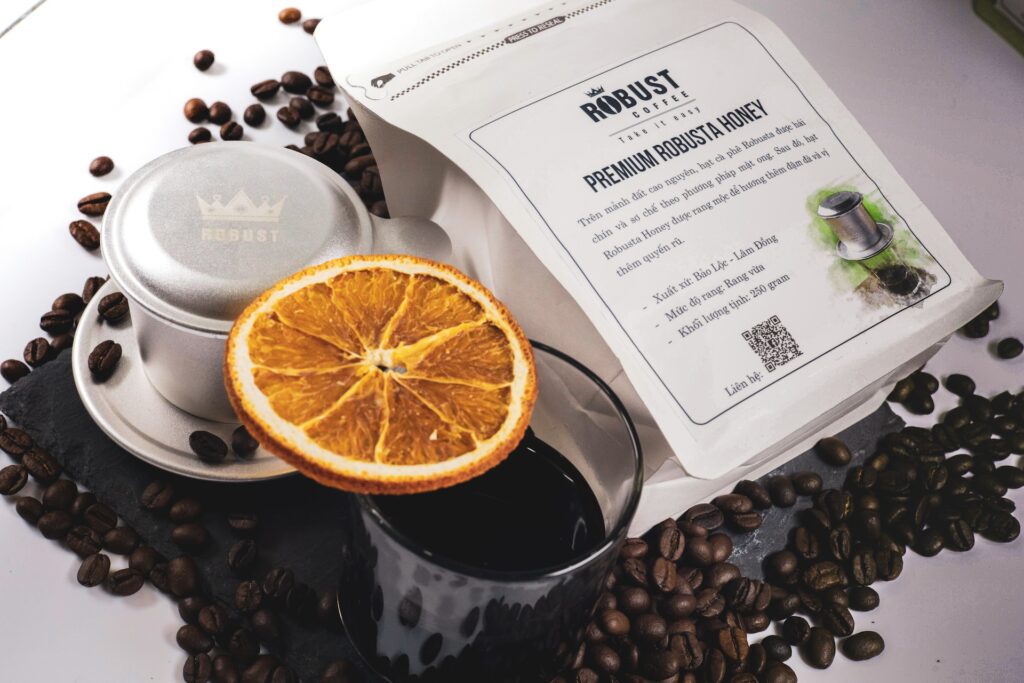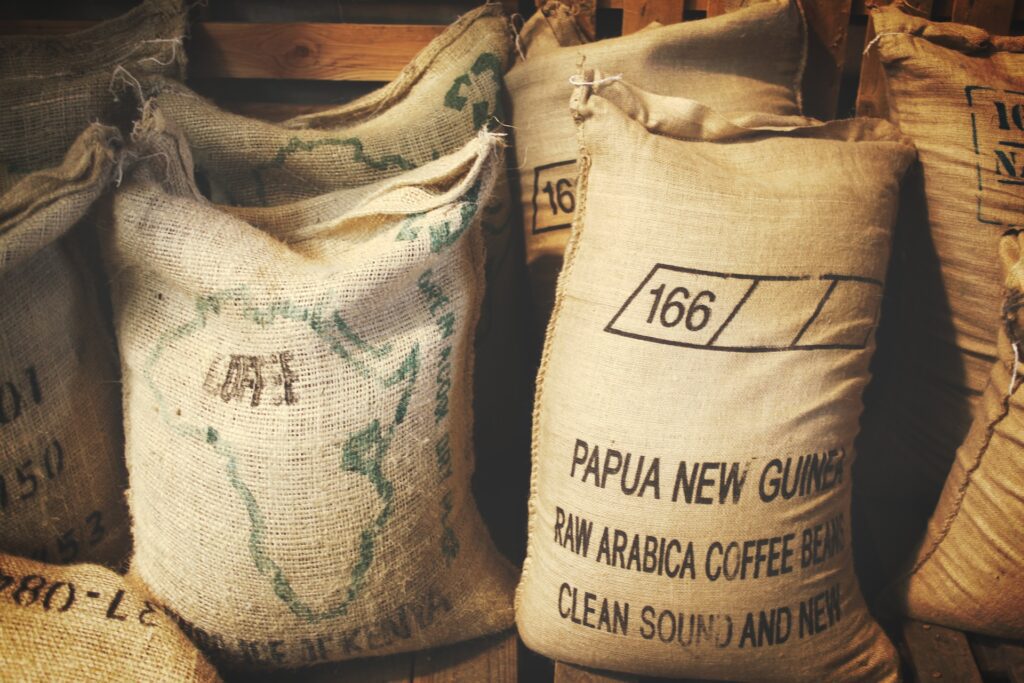Anti-Counterfeit Packaging for Coffee

Though fraud may not be the first thing that comes to mind when you think of coffee, it is one of the most popular food goods in the world. As a result, packaging in coffee has found itself a hot topic among farmers, roasters, and distributors. As with many other specialty goods such as oils, cheese, and alcohol, coffee goes through a rigorous qualification, grading, and safety process to ensure consumers get exactly what they paid for. The question is — Why is coffee fraud important, and what can be done to combat it?
Why Coffee Fraud is an Issue
Food fraud isn’t the most ritzy of crimes, but it is certainly an impactful one. With coffee especially, the history goes back centuries, leading many coffee graders and experts to apply grades, qualifications, and records to specific kinds of coffee. Commonly, this is done by assigning a coffee plant a Varietal.
Every coffee plant around the world has a specific genetic makeup, just like any other plant. In the coffee industry, these different genetic structures are organized by Varietal — This gives farmers, roasters, and consumers an easy way to predict what kinds of growing environments a coffee will need, as well as the flavors and roasting temperatures that are likely to work well with a particular coffee varietal. The most common Varietal tends to be Arabica, but there are many other coffee Varietals out there, such as Robusta, Bourbon, Caturra, and many, many more.
Further, coffee fraud finds itself important in reference to farm ownership. Many farms can grow a particular kind of varietal, but the individual lots will still have unique differences from farm to farm. Anti-counterfeit packaging can be used to further maintain clarity, but coffee fraud can throw a monkey wrench into the organization and ownership of coffee should licensing be misrepresented.
The Solution of Anti-Counterfeit Coffee Packaging
There are many ways to counter coffee fraud, and anti-counterfeit packaging is just one of them. Within this category, however, there are several coffee packaging solutions, each of which combats a unique problem.
Watermarks and Logos
Commonly used in photography and graphic design, a watermark is an image designed by a brand that is used to validate that a product is created by a certain company. Watermarks and logos can be applied to packaging through roll stock film, branding an otherwise unmarked bag with a seal from the company that made it. This type of anti-counterfeit coffee packaging solution can also include information about the product, such as the varietal, roast date, best-by date, and any other information the producer would want their customer to know about the product. Watermarks and logos can be copied, however, and it may take a professional to spot the difference. Though watermarks and logos are a good first step, they aren’t a perfect solution.
Anti-Counterfeit Seals
Anti-counterfeit packaging seals are used in a variety of different applications, but most commonly on food packaging or medications. These seals can inform the customer if the product may have been opened before they got it or if a product is unsafe to consume. Anti-counterfeit seals dissuade fraudsters from interacting with the product, as it is clearly visible if the packaging or product has been tampered with. Further, some seals are designed to alter themselves under certain circumstances (such as fermented goods) so that customers don’t purchase a product that was improperly packaged or tampered with.

Barcode and QR Code Authentication
Barcode and QR Code authentication has become an increasingly popular coffee packaging solution, and it has been commonplace on many other products such as cheese and olive oil. These barcodes and QR codes provide traceability to a product so that a consumer can track down the batch, farm, transit route, and more information about the specific item in their hands. This anti-counterfeit packaging method provides redundancy and a clear paper trail; Even if it doesn’t do anything to stop coffee fraud on its own, it creates a clear path to trace where the fraud may have happened.
Hologram Films
A relatively new anti-counterfeit coffee packaging solution, holographic films can be used to provide yet another layer of security on a package’s labeling. Holograms are three-dimensional images designed using a collection of films and laminates to provide extra security. Since holograms are difficult to design independently and can be designed with a business’ watermark or logo in it, holographic films can be used as a seal of authenticity that is incredibly difficult to reproduce. Holographic films achieve their anti-counterfeit measures by dissuading fraudsters from defrauding the package in the first place instead of combating fraud as it happens.

Drink Fresh, Vetted Coffee
Though coffee fraud isn’t something you’re likely to run into at the grocery store, third-wave shops, and cafes would do well to keep their eyes on the topic. Ensuring your product is resistant to fraud and tampering provides peace of mind to a consumer and lowers liability in case something should go wrong. The best way to combat coffee fraud as a consumer, though, is to purchase freshly roasted coffee from a local roastery!
